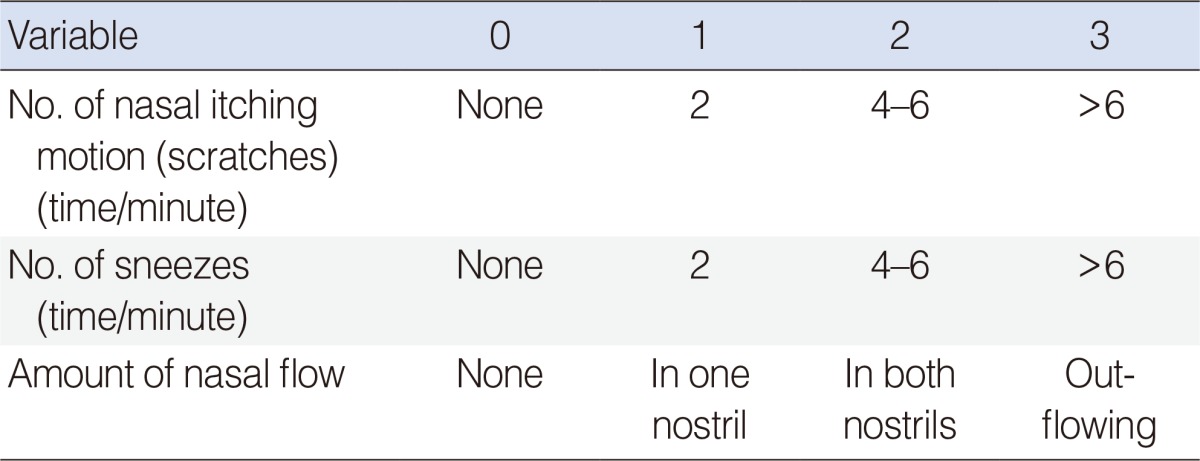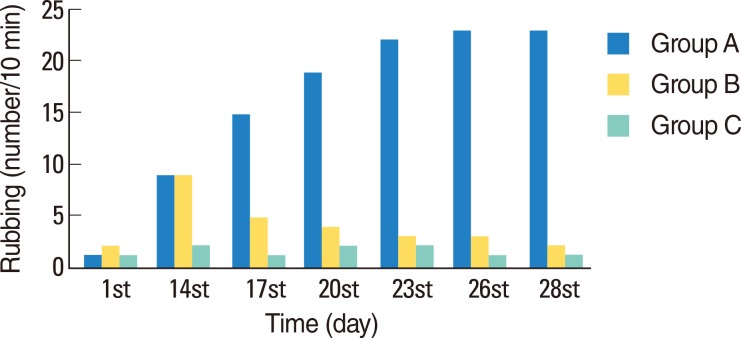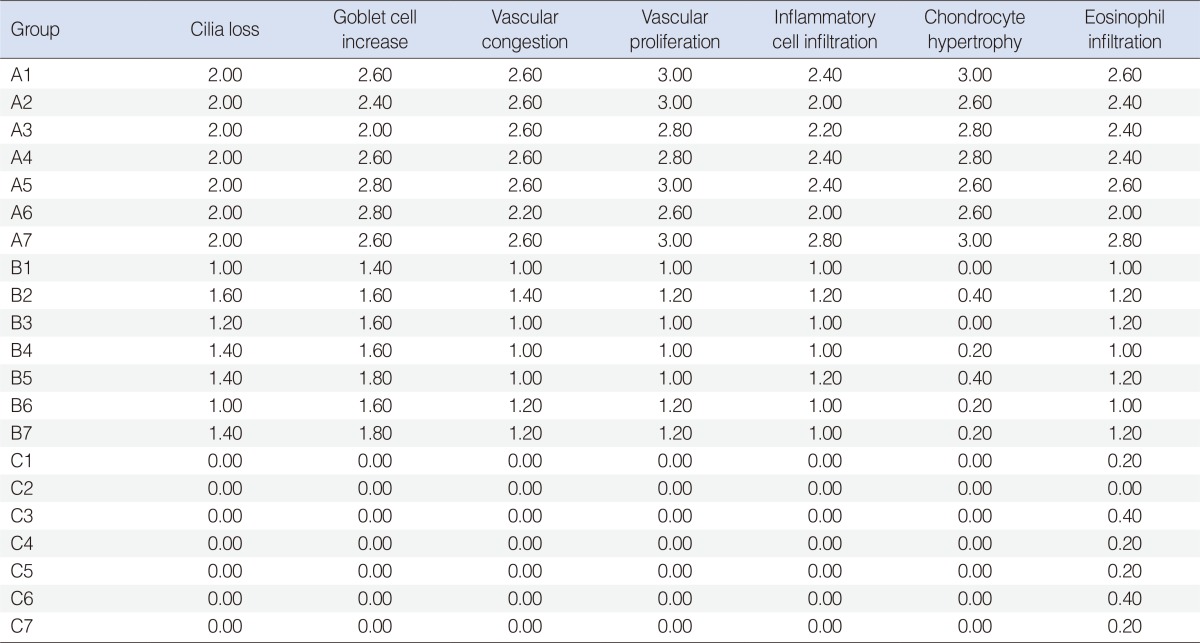1. Golub LM, Lee HM, Ryan ME, Giannobile WV, Payne J, Sorsa T. Tetracyclines inhibit connective tissue breakdown by multiple non-antimicrobial mechanisms. Adv Dent Res. 1998; 11. 12(2):12–26. PMID:
9972117.

2. Asano K, Kanai KI, Suzaki H. Suppressive activity of fexofenadine hydrochloride on metalloproteinase production from nasal fibroblasts in vitro. Clin Exp Allergy. 2004; 12. 34(12):1890–1898. PMID:
15663564.

3. De S, Fenton JE, Jones AS. Matrix metalloproteinases and their inhibitors innon-neoplastic otorhinolaryngological disease. J Laryngol Otol. 2005; 6. 119(6):436–442. PMID:
15992468.
4. Lee KS, Jin SM, Kim HJ, Lee YC. Matrix metalloproteinase inhibitor regulatesinflammatory cell migration by reducing ICAM-1 and VCAM-1 expression in a murine model of toluene diisocyanate-induced asthma. J Allergy Clin Immunol. 2003; 6. 111(6):1278–1284. PMID:
12789230.
5. Baltacıoglu E, Akalın A. Tetracyclines and their non-antimicrobial properties: a new approach to their use in periodontal treatment. Hacettepe Dişhekimliği Fakültesi Dergisi. 2006; 30(1):97–107.
6. Wen WD, Yuan F, Wang JL, Hou YP. Botulinum toxin therapy in the ovalbumin-sensitized rat. Neuroimmunomodulation. 2007; 14(2):78–83. PMID:
17713354.

7. Salib RJ, Howarth PH. Remodelling of the upper airways in allergic rhinitis: is it a feature of the disease? Clin Exp Allergy. 2003; 12. 33(12):1629–1633. PMID:
14656347.

8. Bousquet J, Jacot W, Vignola AM, Bachert C, Van Cauwenberge P. Allergic rhinitis: a disease remodeling the upper airways? J Allergy Clin Immunol. 2004; 1. 113(1):43–49. PMID:
14713906.
9. Ercan I, Cakir BO, Basak T, Ozbal EA, Sahin A, Balci G, et al. Effects oftopical application of methotrexate on nasal mucosa in rats: a preclinicalassessment study. Otolaryngol Head Neck Surg. 2006; 5. 134(5):751–755. PMID:
16647529.
10. Shimizu S, Hattori R, Majima Y, Shimizu T. Th2 cytokine inhibitor suplatasttosilate inhibits antigen-induced mucus hypersecretion in the nasal epithelium of sensitized rats. Ann Otol Rhinol Laryngol. 2009; 1. 118(1):67–72. PMID:
19244966.
11. Bentley AM, Jacobson MR, Cumberworth V, Barkans JR, Moqbel R, Schwartz LB, et al. Immunohistology of the nasal mucosa in seasonal-allergic rhinitis: increases in activated eosinophils and epithelial mast cells. J Allergy Clin Immunol. 1992; 4. 89(4):877–883. PMID:
1532808.
12. Herouy Y, Mellios P, Bandemir E, Dichmann S, Nockowski P, Schopf E, et al. Inflammation in stasis dermatitis upregulates MMP-1, MMP-2 and MMP-13 expression. J Dermatol Sci. 2001; 4. 25(3):198–205. PMID:
11240267.

13. Ohno I, Ohtani H, Nitta Y, Suzuki J, Hoshi H, Honma M, et al. Eosinophils as a source of matrix metalloproteinase-9 in asthmatic airway inflammation. Am J Respir Cell Mol Biol. 1997; 3. 16(3):212–219. PMID:
9070604.

14. Okada S, Kita H, George TJ, Gleich GJ, Leiferman KM. Migration of eosinophils through basement membrane components in vitro: role of matrix metalloproteinase-9. Am J Respir Cell Mol Biol. 1997; 10. 17(4):519–528. PMID:
9376127.
15. Nakaya M, Dohi M, Okunishi K, Nakagome K, Tanaka R, Imamura M, et al. Prolonged allergen challenge in murine nasal allergic rhinitis: nasal airway remodeling and adaptation of nasal airway responsiveness. Laryngoscope. 2007; 5. 117(5):881–885. PMID:
17473688.

16. Namba M, Asano K, Kanai K, Kyo Y, Watanabe S, Hisamitsu T, et al. Suppression of matrix metalloproteinase production from nasal fibroblasts by fluticasone propionate in vitro. Acta Otolaryngol. 2004; 10. 124(8):964–969. PMID:
15513534.

17. Sakakura Y, Majima Y, Mitsui H, Inagaki M, Miyoshi Y. Absorption of various drugs through the rabbit's respiratory mucosa in vitro. Arch Otorhinolaryngol. 1983; 238(1):87–96. PMID:
6349595.






 PDF
PDF Citation
Citation Print
Print







 XML Download
XML Download